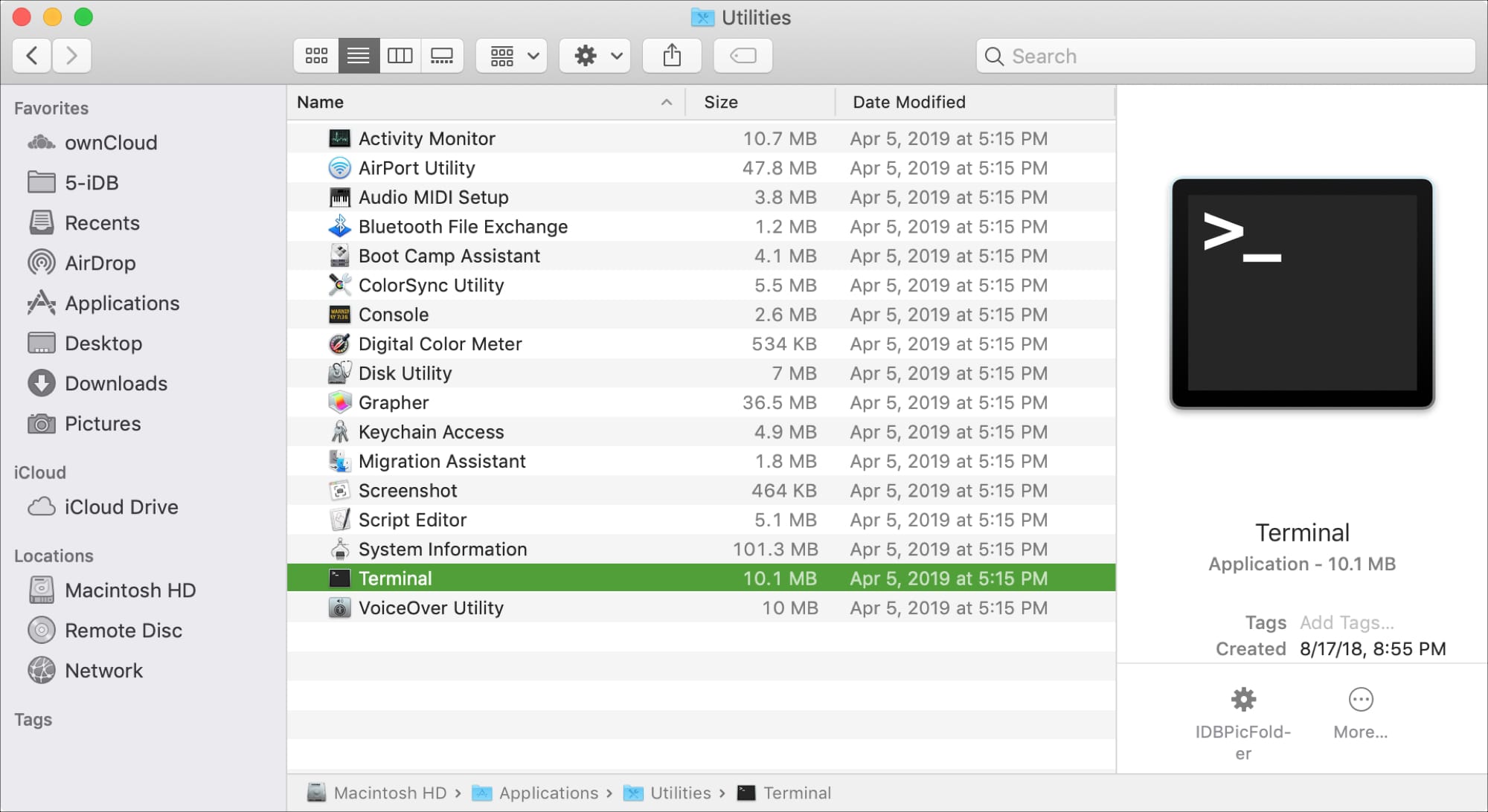

Short for “change ownership,” chown will let you change the owner and group associated with a file or folder. You will use two primary commands for changing file and folder permissions in the command line: chown for changing ownership and chmod for changing privileges.

Modifying File Permissions via Command Line To view an item’s ACLs alongside their permissions, simply add the -e option to the -l option: In this folder, apply to any new child folders, apply to any new child files, and apply to all descendants of this folder. Inheritance attributes include the following: no inheritance, apply to just new items Read file data or create files in folder, append file data or create new subfolder inside folder, delete item, and deleteįurthermore, each ACE for a folder can include a static inheritance rule that defines whether the folder’s permissions alsoĪpply to new items placed in the folder. Write-Write attributes define a user’s or group’s ability to make changes and include write attributes, write extended attributes, Read-Read attributes define a user or group’s ability to read items and include read attributes, read extended attributes, readįile data or list folder contents, execute file or traverse folder, and read permissions. Rules, or ACEs, which can be used to allow or deny any of the following privilege attributes:Īdministration-Administration attributes, which define a user’s or group’s ability to make permissions changes, include change privileges In other words, you can assign an item an unlimited number of user or group You define each as a specific allow or deny rule.
#Bash mac specify app for file mac os#
On the system can have an unlimited list of ACE rules, hence the “list” in ACLs.įrom the command line, Mac OS X’s ACL implementation provides more than a dozen unique privilege attribute types and lets Each permissions rule is known as an Access Control Entry (ACE). The ACL technology is more advanced than traditional UNIX-style permissions because it allows for an arbitrary number of userĪnd group permissions rules per item. When you make permissions changes using the Get Info window.Ĭlick to view larger image Viewing Access Control Lists (ACLs) The Finder doesn’t show you when the execute privilege is used, but it will properly manage the execute privilege The execute privilege is also required on normal folders to access the contents of Is enabled on files that are commands and applications (or folders that contain application bundles), to indicate that the The execute privilege attribute x has not been introduced yet, but it is the third standard UNIX privilege attribute after read and write. Optionally, there may be a + at the end to indicate that the item has ACL rules applied to it, or an at the end to indicate that the item has extended attributes.The final set of three rwx or - characters indicate everyone else’s permissions.The middle set of three rwx or - characters indicate the group’s permissions.

The next three characters indicate the owner’s permissions: - for no access, r for read access, w for write access, and x for file execute access or folder browsing access.The first character is item type: - for file, d for folder, and l for symbolic link.The syntax for the abbreviated information section is: Information appears from left to right: the number of hard links associated with the item (for most users, this particularīit will be trivial information), the assigned owner, the assigned group, the last modification date, and finally the item’s The first string of characters at the beginning of each line is shorthand for the item type and permissions. The most basic ls option for viewing file and folder ownership and permissions is –l:ĭrwx-+ 5 michelle staff 170 Aug 20 15:49 Desktopĭrwx-+ 3 michelle staff 102 Aug 20 01:08 Documentsĭrwx-+ 3 michelle staff 102 Aug 20 01:08 Downloadsĭrwx- 19 michelle staff 646 Aug 20 01:08 Libraryĭrwx-+ 3 michelle staff 102 Aug 20 01:08 Moviesĭrwx-+ 3 michelle staff 102 Aug 20 01:08 Musicĭrwx-+ 4 michelle staff 136 Aug 20 01:08 Picturesĭrwxr-xr-x+ 7 michelle staff 238 Aug 20 15:29 Publicĭrwxr-xr-x 5 michelle staff 170 Aug 20 01:08 Sites Here, you will be presented with a few fundamental permissions viewing options. You can learn more about all the options available The ls command has many options for viewing nearly any file or folder attribute. Once again, the ls command is your primary tool for viewing file and folder information in the command line. The command line concepts in Chapter 3, “Command Line and Automation,” before reading the remainder of the section. If you aren’t already comfortable with navigation in the UNIX command line, then it’s strongly recommended that you study


 0 kommentar(er)
0 kommentar(er)
